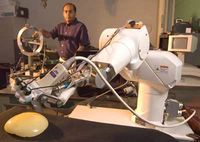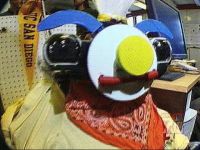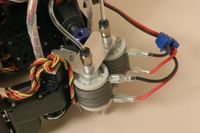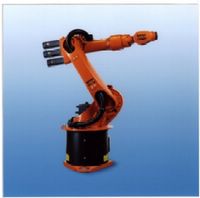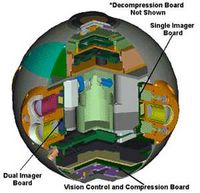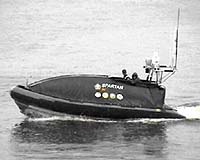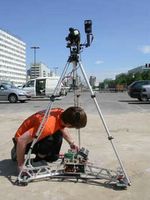By Alexander Wolfe
TechWeb News
A computer-science professor has combined a $99 Linux single-board-computer, called Gumstix because it's roughly the size of a stick of chewing gum, with a motor and propeller and sent the package aloft, maintaining control via a wireless LAN connection.
A computer-science professor at the
University of Essex has created a novel, airborne robotics application.
"So far we've flown one fixed-wing aircraft and one helicopter," said
Owen Holland, who is also the head of computer-science research at the British school. "The helicopter development has gone amazingly smoothly. It appears to be stable and it's still reasonably maneuverable. We're now concentrating on achieving visually controlled autonomous flight on a single helicopter."
As the project moves forward, Holland is looking to create a bigger buzz by building a whole a collection of flying automatons. "There are two almost independent aims: to get the helicopters to fly autonomously in the same way as a flock of birds; and to achieve Beowulf-like cluster computing using wireless," he explained. "The long-term objective is to do both at once, in an [project called] UltraSwarm."
Holland's application could be a harbinger of a wave of low-cost robotics projects spurred by the availability of the tiny Gumstix board, which appears to be
gaining popularity among a
home-brew and commercial users. The
Gumstix board is made by a small embedded-hardware vendor of the same name in Palo Alto, Calif.
He points to
George Mason University, in Fairfax, Va., where a group of computer science students have
set up a Wiki where they share tips on building what they call an "open" robot for about $800. Along with the Gumstix board, the robot has a servo-controlled camera, a "gripper" capable of picking up small cans, an intrusion sensor, a flat surface for pushing boxes, five infrared rangefinders to help with positioning, and a nickel-metal-hydride battery pack.
To extend its robotics reach, Gumstix on June 24 is planning to launch a $49 companion expansion board called "Robostix," which is intended to make it easier to control robotics peripherals. "It's a series of interfaces, control pads, and servo controls for running a robotics device," said Don Anderson, vice president of marketing at Gumstix.
InformationWeek > Robotics Apps > Tiny Linux Computer Has High Hopes For Robotics Apps > June 17, 2005


